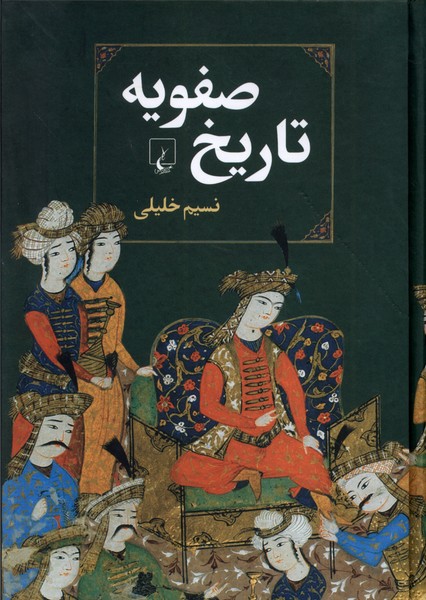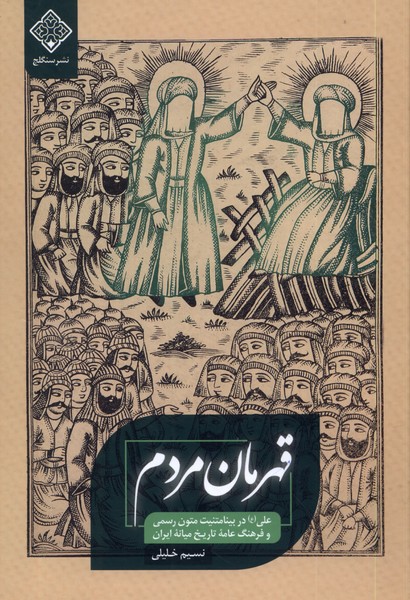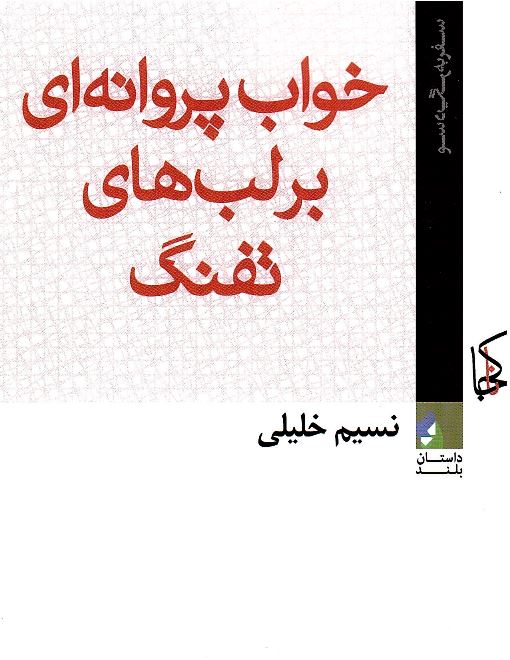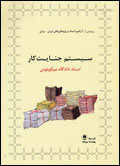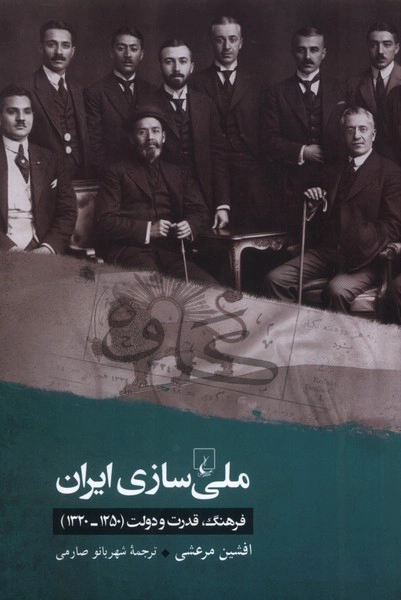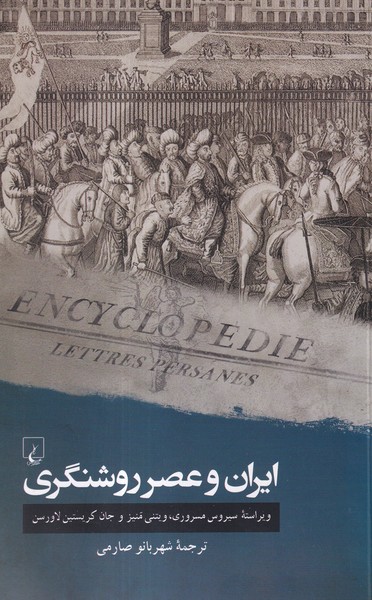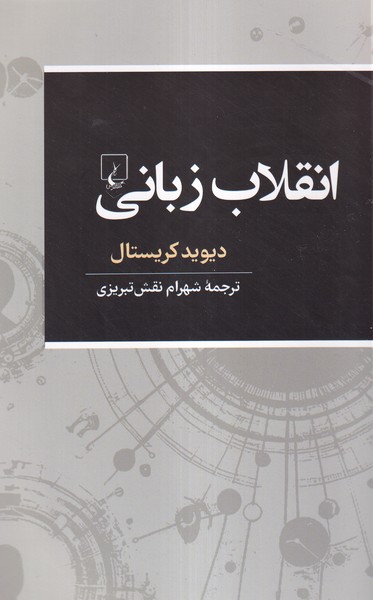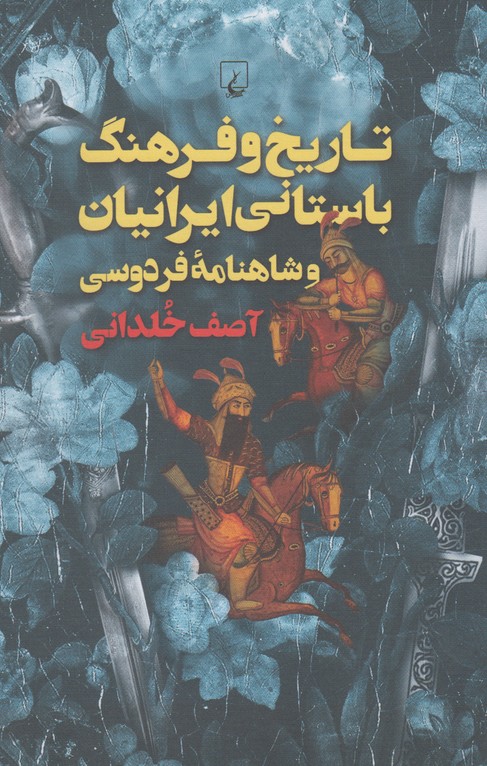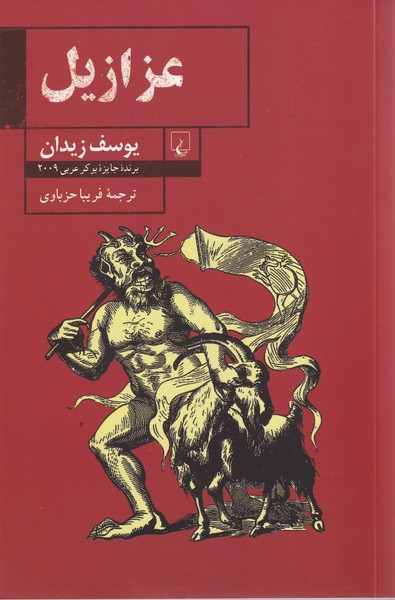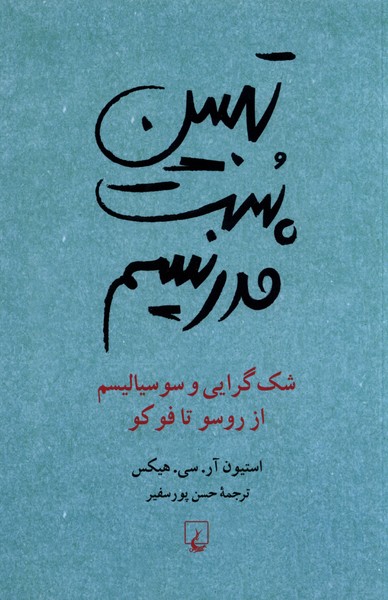Tārīkh-i Ṣafavīyah: Persiska (Farsi) 2024
تاریخ صفویه
15,72 $
Dela
Wishlist
The formation of the Safavid dynasty is one of the turning points in the winding road of Iran's history. Although the kings of this dynasty often spoke in Turkish and sometimes wrote poems in this language, researchers and historians consider them to be the leaders of the entire Iranian government who managed to build a whole unit by holding on to a chain of different strings from Iran piece by piece. Shah Ismail, the founder of the Safavid dynasty, in order to formalize the Shia religion in Iran, if he was looking for a goal, he would have thought more about foreign goals; It seems that Shah Ismail had two main goals in mind; In the first place, by formalizing Shiism, he tried to make peace with the government of the Turkmens (Aqqoyunluha, meaning the owner of the white sheep). On the other hand, the famous Safavid leader, by formalizing Shiism in the territory that stood in the neighborhood of the power of the Sunni religion, thought of ways to deal with the imposed power of the empire; If Shah Ismail managed to build a unified Shiite empire alongside the powerful Ottoman Empire, he could reduce the heavy pressure of the Ottomans on Iran. The book "History of the Safavids" is the beginning of a historical period that examines the events of Iran at the time of the establishment of the Safavid dynasty.
more
تشکیل سلسله پادشاهان صفوی یکی از نقاط عطف در جاده پر پیچ و خم تاریخ ایران زمین است. گرچه شاهان این سلسله اغلب به زبان ترکی صحبت میکردند و گاه به این زبان شعر میسرودهاند اما پژوهندگان و مورخان، آنها را رهبران حکومتی سراسر ایرانی میشمارند که موفق میشوند با تمسک به زنجیرهای از ریسمانهای گوناگون از ایران تکهتکه، کل واحدی بسازند. شاه اسماعیل بنیانگذار سلسله صفویه برای رسمی کردن مذهب شیعه در ایران اگر در پی هدفی بود بیشتر به اهدافی خارجی میاندیشید؛ بهنظر میرسد شاه اسماعیل دو هدف عمده در سر داشت؛ در وهله اول کوشید با رسمیکردن آیین تشیع به هماوردجویی در برابر حکومت ترکمنها (آققویونلوها یعنی صاحب گوسفندان سفید) بپردازد. از سوی دیگر رهبر نامدار صفوی با رسمیت بخشیدن به تشیع در قلمرویی که در همسایگی قدرت سنی مذهب ایستاده بود، به راهکارهایی برای مقابله با قدرت تحمیلی امپراتوری میاندیشید؛ اگر شاه اسماعیل موفق میشد در کنار امپراتوری قدرتمند عثمانی، امپراتوری شیعه مذهب یکپارچهای بسازد، میتوانست از فشار سنگین و سهمگین عثمانیها بر ایران بکاهد. کتاب "تاریخ صفویه" سرآغازی بر یک مقطع تاریخی است که رویدادهای ایران را در زمان تشکیل سلسله صفویان بررسی میکند.
more

